
Why do we choose stainless steel products over galvanized steel? The answer lies in the differences between the two materials.
Read More
Let’s delve into the characteristics and diverse applications that make 17-4PH stainless steel a preferred choice across industries.
Read More
One of the reasons stainless steel has so many uses is because there are multiple alloys with varying characteristics. In this article, we’re going to focus on 410 stainless steel.
Read More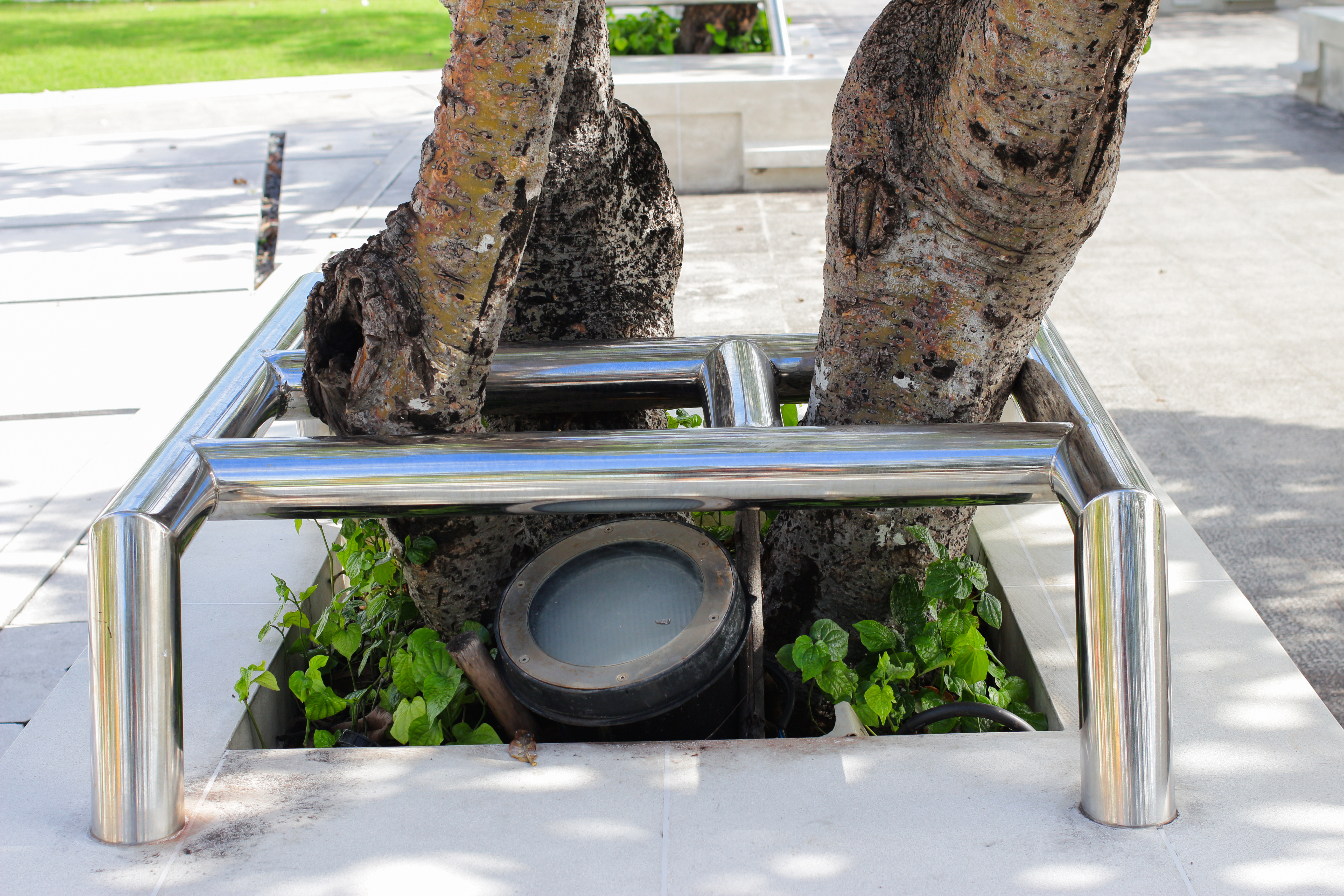
Let’s take a look at some of the applications where you might not have expected to find 304 stainless steel.
Read More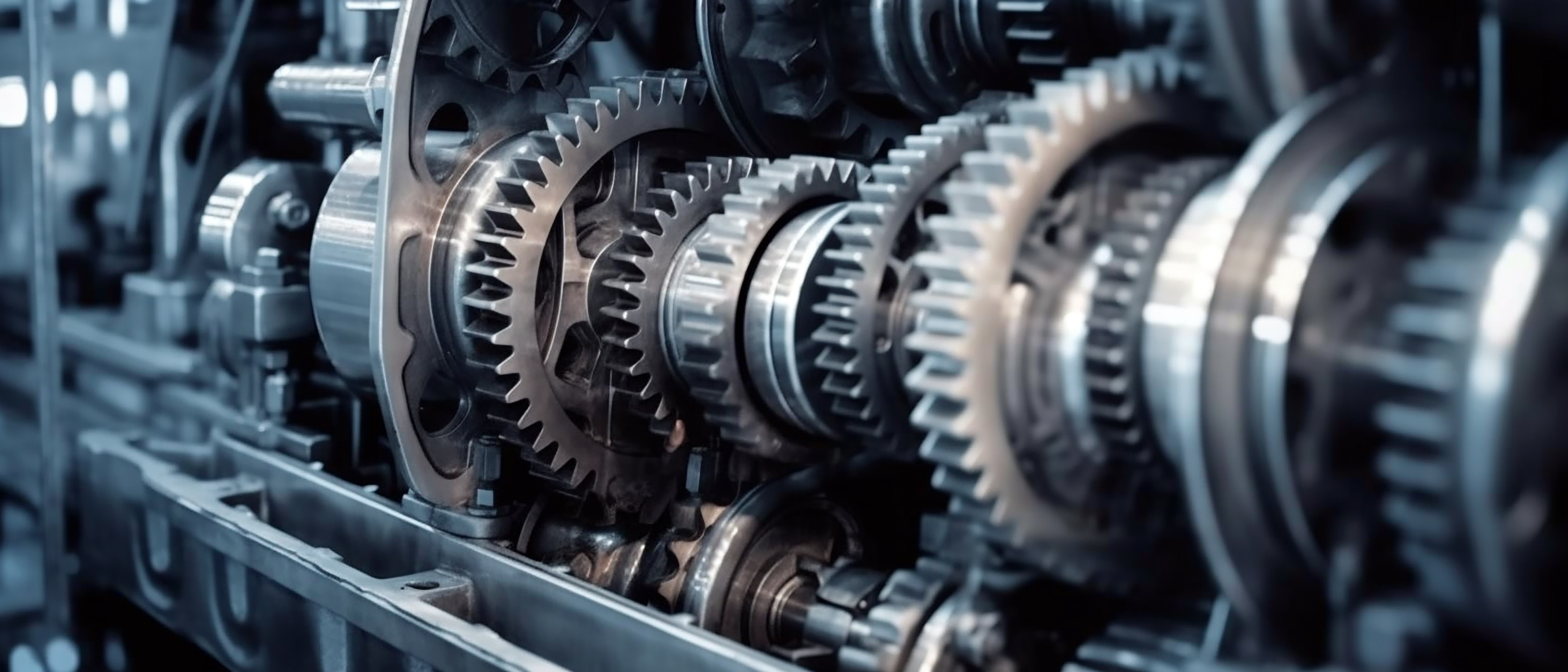
Most grades of stainless steel have multiple uses and applications, but few are as versatile as 410 stainless steel.
Read More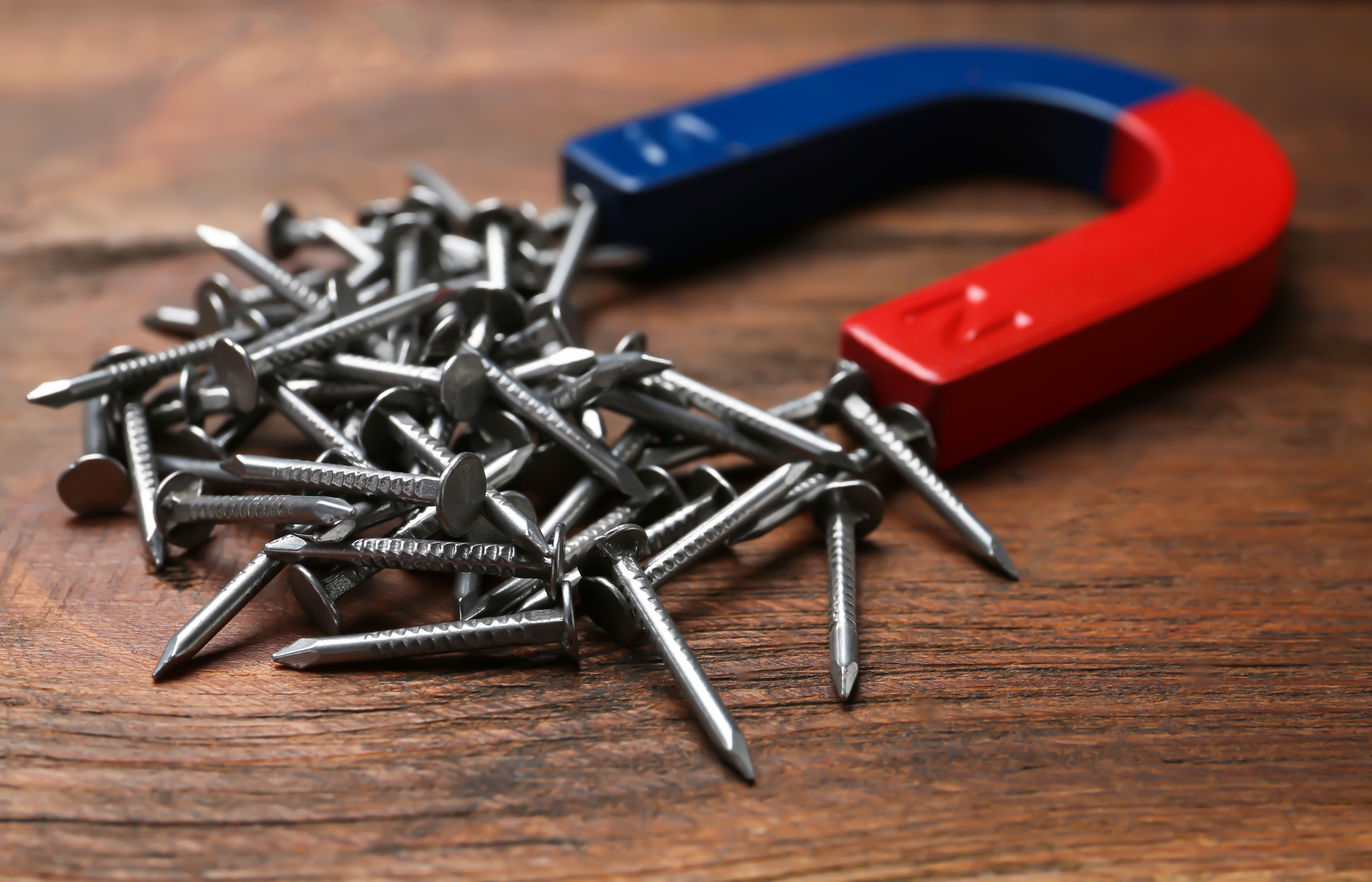
Did you know that not all stainless steel products are magnetic? Let’s find out which types of stainless steel are magnetic and why.
Read More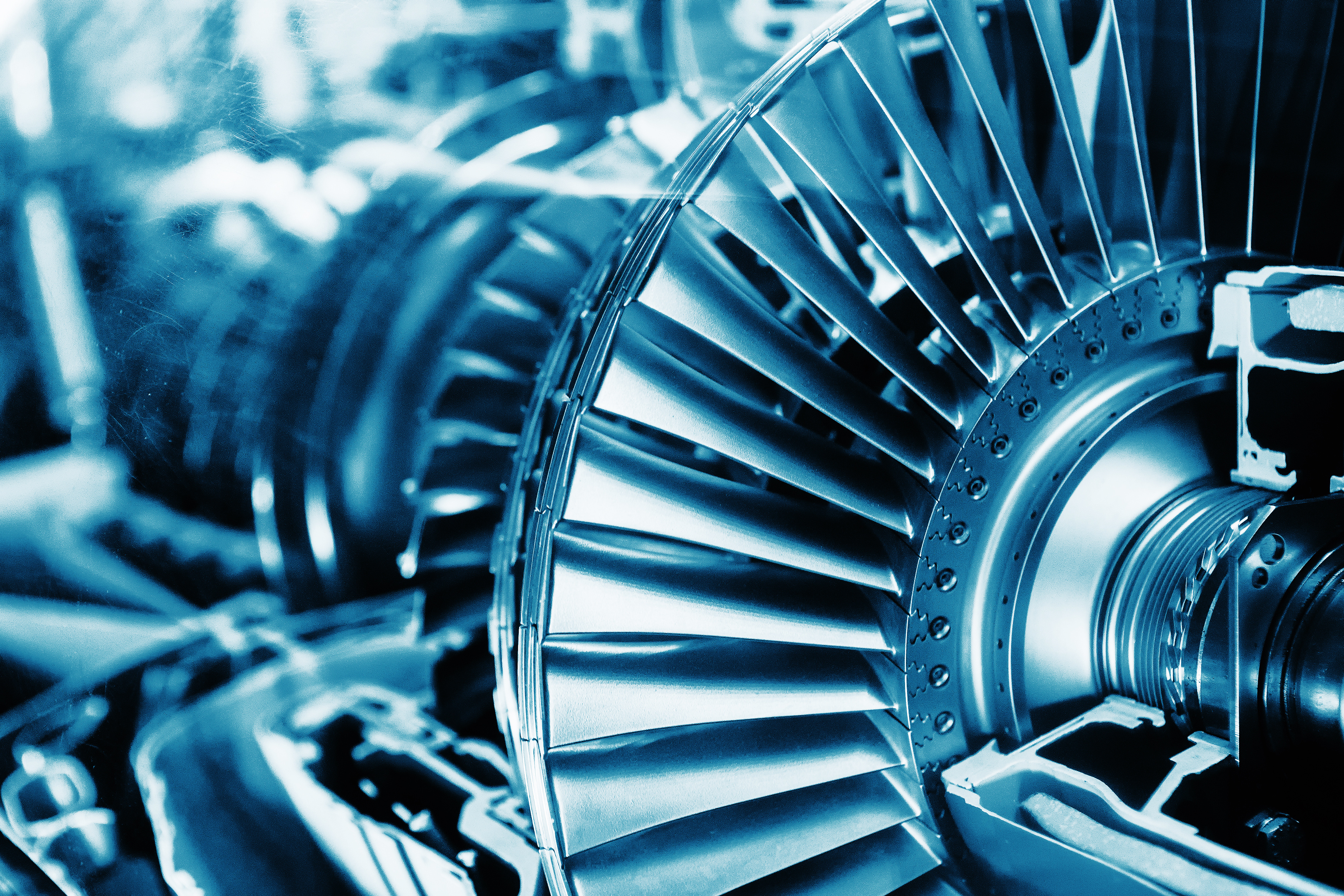
316 stainless steel is what we use when we need equipment that holds up, no matter the environment. Check out where you’ll find this alloy.
Read More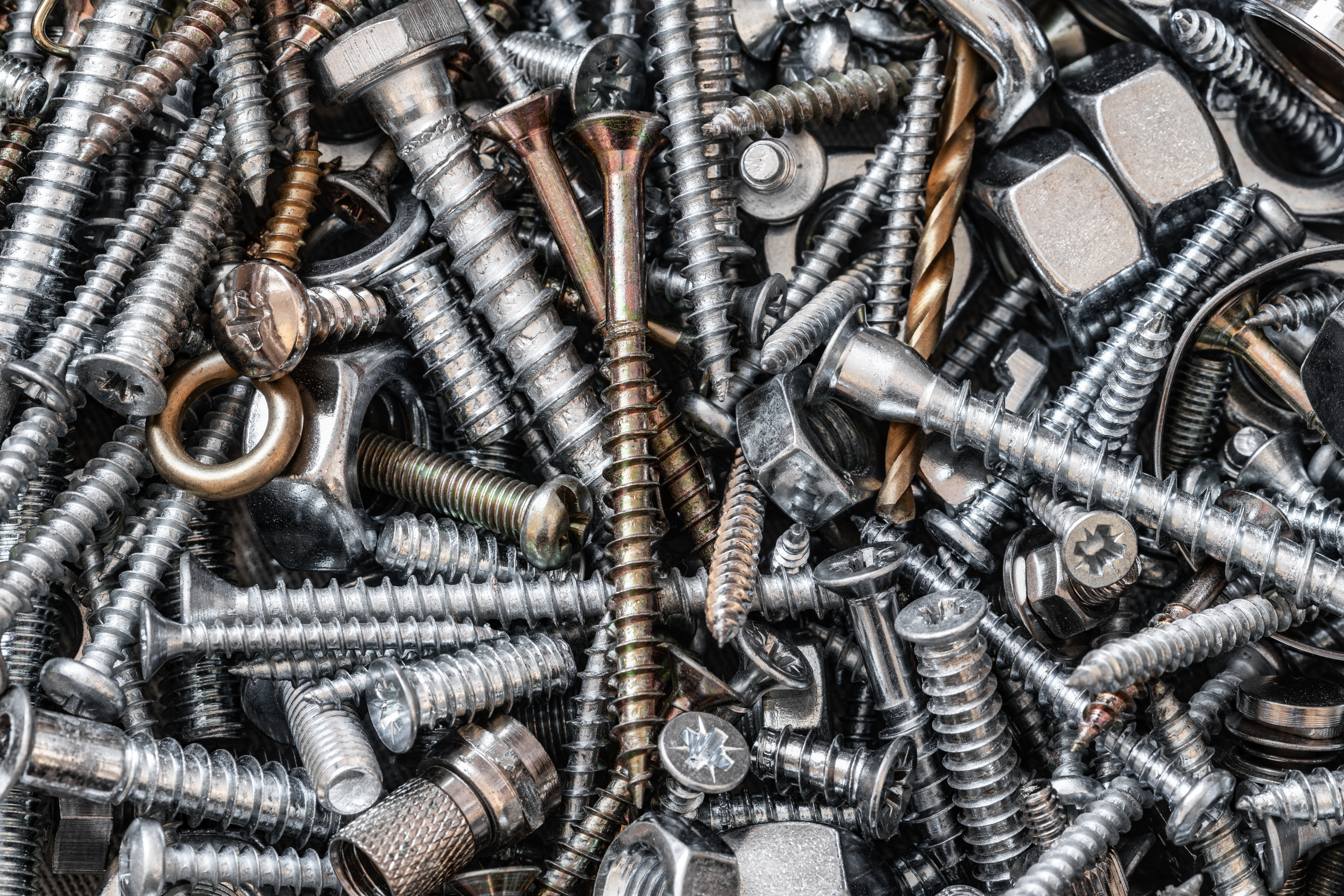
410 stainless steel is a grade that has many uses across several industries. Read on to learn what makes 410 so versatile.
Read More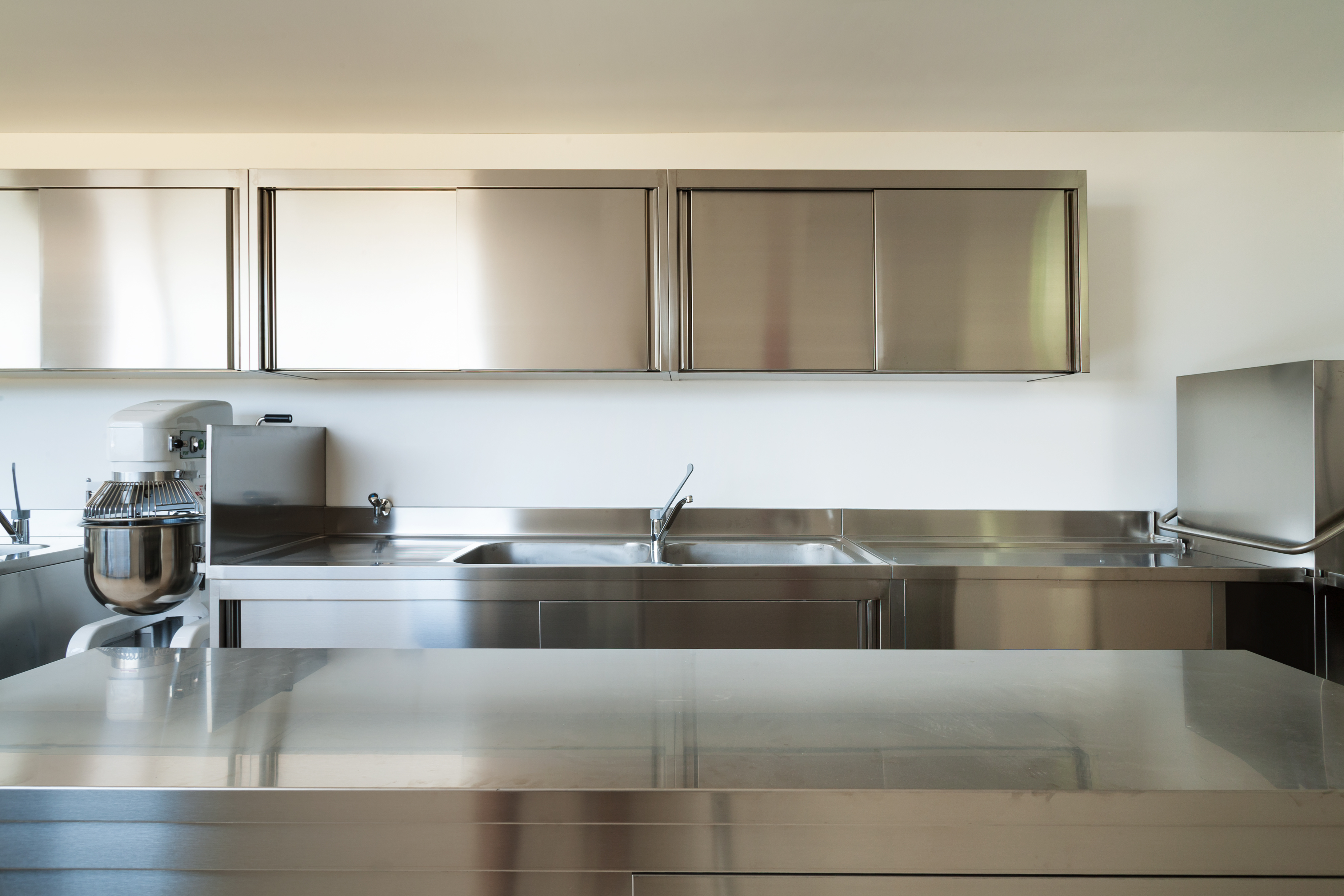
As you probably know, there are several different types and grades of stainless steel. But do you know which type you’re most likely to find? That would be 304 stainless steel.
Read More
Stainless steel is strong, tarnish-resistant, and can easily be polished to a beautiful shine.
Read More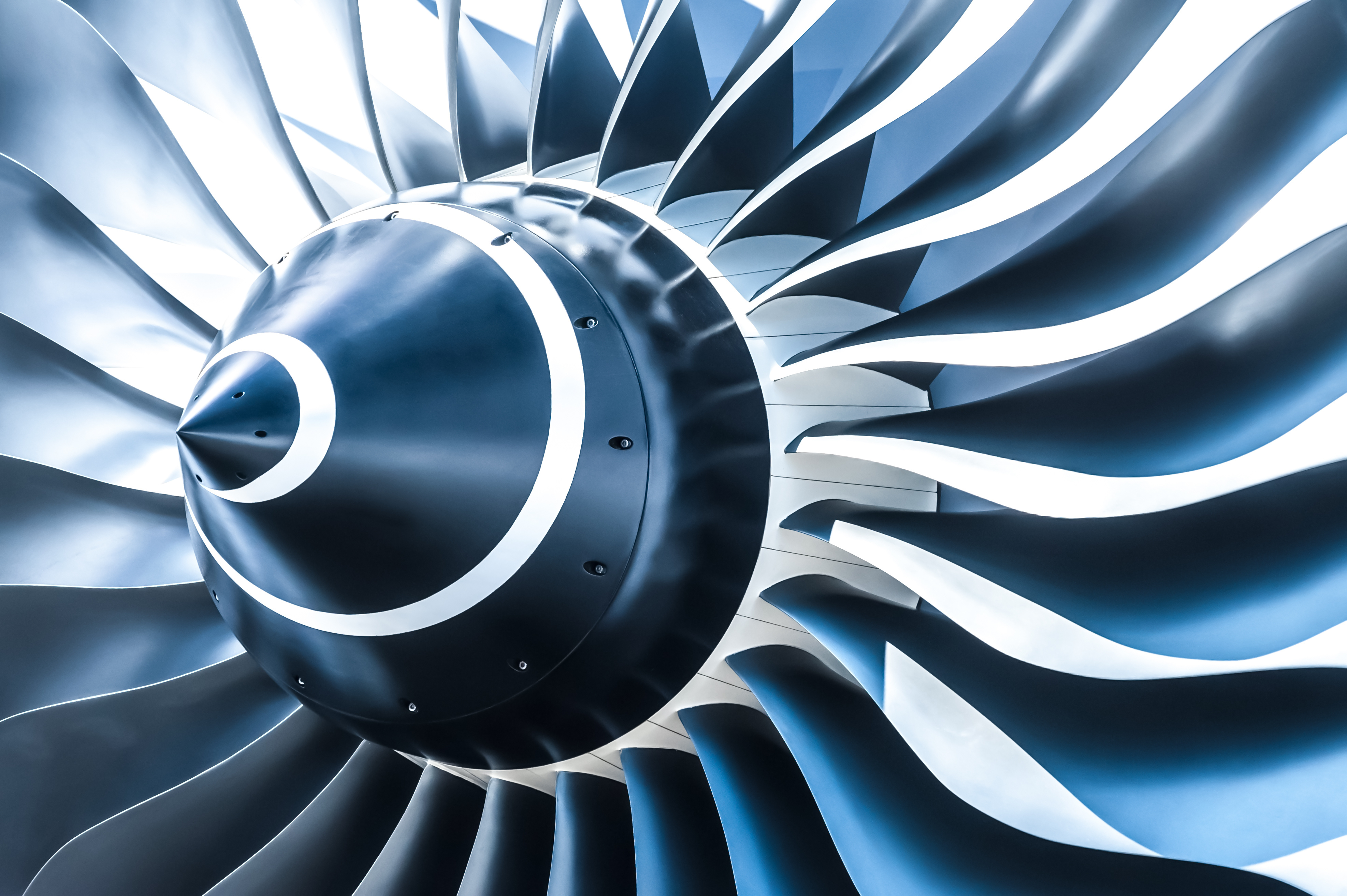
347 stainless steel is a modified version of 304 with the addition of Columbium and Tantalum – making it the ultimate choice for many jobs.
Read More
One of the major reasons why stainless steel is known as a miracle metal is its versatility.
Read More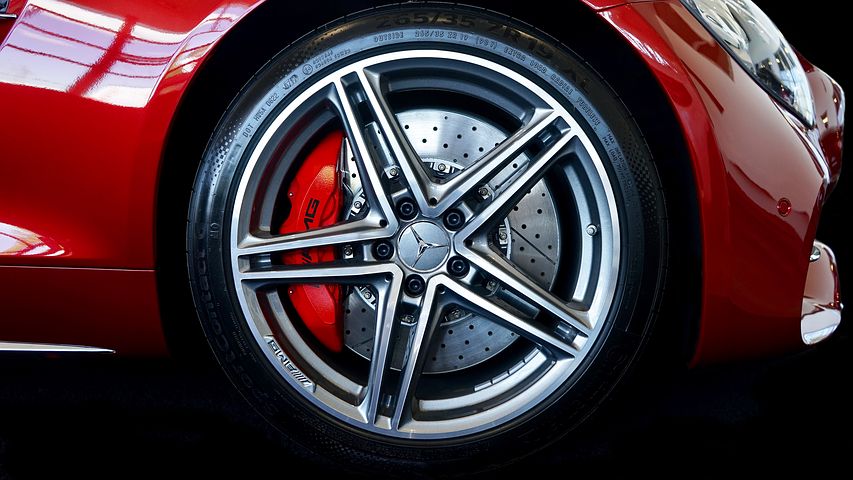
Stainless steel is everywhere. Look around! It’s in your kitchen appliances, washing machines, office decor, and even in your car. The grade and type of stainless steel depend on its chemical composition, which dictates its properties. These properties make each kind fit for a different industry. 304, for example, is perfect for home kitchens … Continue reading Stainless Steel in the Automotive Industry
Read More
Stainless steel can be used for a variety of projects. 304 is the most popular kind on the market, mainly due to its anti-corrosion properties. Made from a combination of chromium and nickel, and small amounts of manganese and carbon, stainless steel isn’t literally stainless. It shows fingerprints, dirt, and regular wear and tear. The … Continue reading Uses of 304 Stainless Steel
Read More
Stainless steel is one of the more popular steel types. It’s used in a wide variety of industries, and even a significant number of home appliances. However, the name doesn’t always make sense to people. Does steel even stain? What makes stainless steel “stainless”? The metal is “stainless” because it doesn’t rust. Steel is made … Continue reading What Makes Stainless Steel Stainless?
Read More
As a distributor that specializes in stainless steel products, we can sometimes forget that our clients might not know all that we do about this metal.
Read More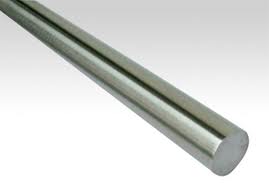
Stainless steel products have an abundance of qualities for your next project, and Alliant Metals loves to highlight them.
Read More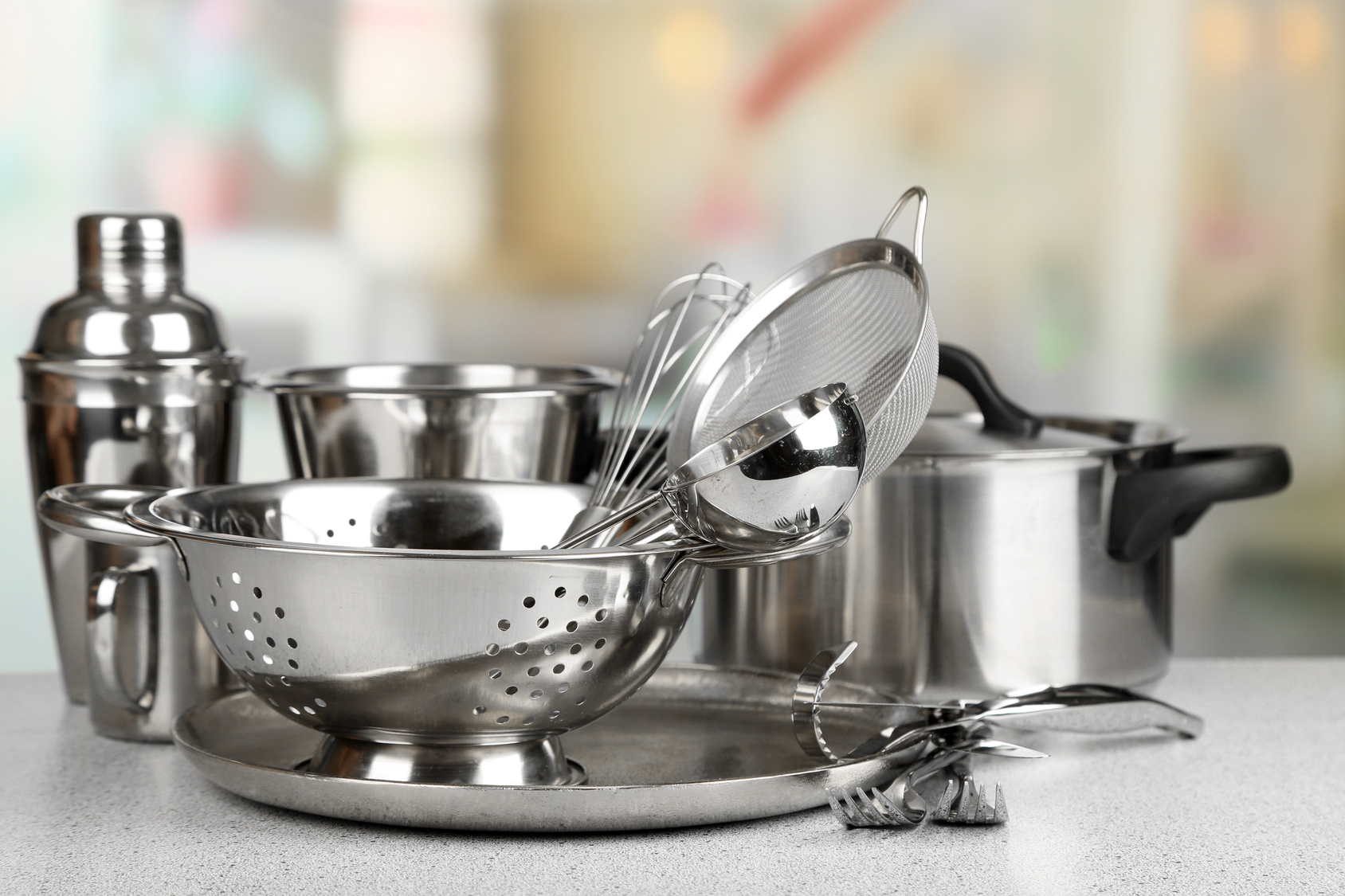
Known for its resistance to corrosion and other elements, 316 stainless steel is a common option for many of Alliant Metal’s customers. This go-to product is a great option within so many industries because it can easy apply within a number of settings. Knowing the limits and needed durability of your metals is essential to … Continue reading Common Uses for 316 Stainless Steel
Read More